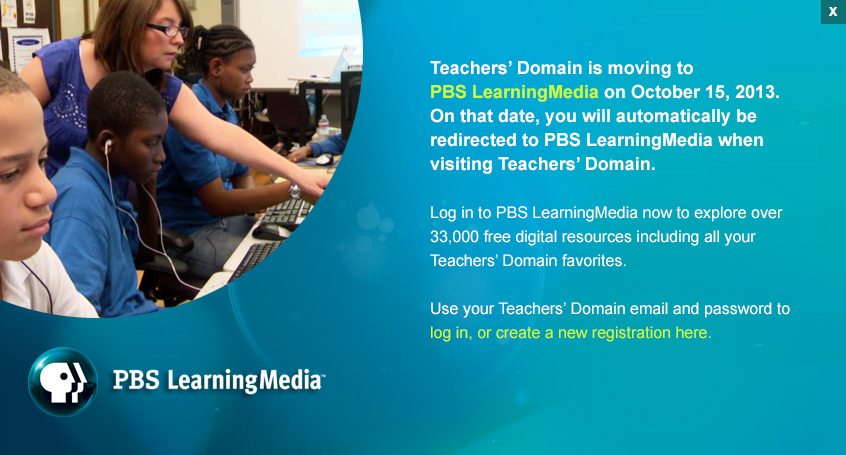Teachers' Domain - Digital Media for the Classroom and Professional Development
User: Preview
Source: Nature: "Ravens"




Major corporate support for the Nature collection was provided by Canon U.S.A. and SC Johnson. Additional support was provided by the Corporation for Public Broadcasting and the nation’s public television stations.
Ravens have been long recognized as one of the most intelligent birds. In this video segment from Nature, zoologist Bernd Heinrich of the University of Vermont puts these clever creatures to the test in an experiment that determines if they could learn to distinguish between strings bearing food and strings bearing rocks and modify their behavior based on their understanding.
Transcript (Document)
The traditional view of birds was that they simply acted by a set of inherited instincts, but new scientific research is revealing a larger role for complex cognitive processes in their behavior, including communication, counting, memory, and basic problem solving. Ravens, known as the brainiest of all birds, demonstrate several of these commonly accepted indicators of animal intelligence.
John Marzluff: Probably one of the most difficult areas of biology to understand is the intelligence of other animals, because we can't talk to them and ask them a question, ask them, "Are you thinking about this?" And so devising experiments to really get at the question of whether animals are thinking about what they're doing is very tough.
At the University of Vermont, zoologist Bernd Heinrich has devised an extraordinary experiment. He raises ravens from chicks to ensure that they have never seen This test before.
Like the ice-fishing case, there is food on the line, and the raven pulls it up. But another string holds a stone. Will the raven have the insight to pull up only the food, or get the stone just as often?
The raven never gets it wrong.
Increasing the level of difficulty, Heinrich crosses the lines.
Now the raven must study the problem, and then decide which string has the meat before pulling it up.
John Marzluff: And many ravens could solve that puzzle very easily and at the first time they saw this potential problem. So that implies they had some foresight, and to think, "Well to get that food I must pull it up bit by bit and then I would be able to eat it." Interestingly, crows were not able to do that.
 Loading Standards
Loading Standards